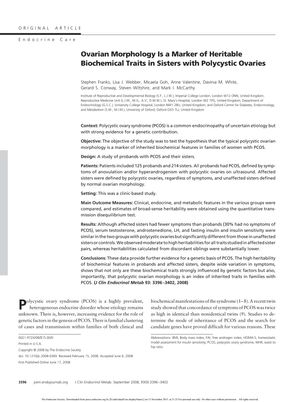TLDR Polycystic ovarian shape is a genetic sign of PCOS and its hormonal and metabolic features can be inherited.
The study from September 2008 investigated the heritability of polycystic ovarian morphology and associated biochemical traits in families affected by Polycystic Ovary Syndrome (PCOS). It included 125 probands with PCOS and 214 sisters, of which 151 were affected and 63 were unaffected. The findings indicated that affected sisters had similar biochemical profiles to the probands, including serum testosterone, androstenedione, LH, fasting insulin, and insulin sensitivity levels, despite having fewer symptoms. The heritability of these traits was moderate to high among affected sisters but was significantly lower in discordant sibling pairs. This suggests that polycystic ovarian morphology is a strong genetic marker of PCOS and that the condition's endocrine and metabolic features are heritable.
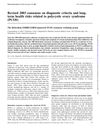 4025 citations
,
December 2003 in “Human Reproduction”
4025 citations
,
December 2003 in “Human Reproduction” The 2003 consensus updated PCOS diagnosis criteria and linked PCOS to higher risks of diabetes and heart problems, recommending lifestyle changes to lower these risks.
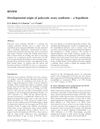 430 citations
,
July 2002 in “Journal of Endocrinology”
430 citations
,
July 2002 in “Journal of Endocrinology” The hypothesis suggests that PCOS may start early in life due to genetic and environmental factors, influencing future reproductive and metabolic problems.
 62 citations
,
April 2013 in “Steroids”
62 citations
,
April 2013 in “Steroids” PCOS symptoms change with age; younger women have higher androgen levels and less metabolic issues, while older women face more metabolic challenges despite milder PCOS symptoms.
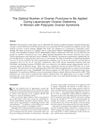 3 citations
,
December 2011 in “Journal of Gynecologic Surgery”
3 citations
,
December 2011 in “Journal of Gynecologic Surgery” Three to five ovarian punctures are best for improving fertility in women with PCOS without harming the ovaries.
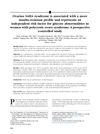 28 citations
,
October 2013 in “Journal of The American Academy of Dermatology”
28 citations
,
October 2013 in “Journal of The American Academy of Dermatology” Ovarian SAHA syndrome makes women with PCOS more resistant to insulin and increases their risk of blood sugar problems.
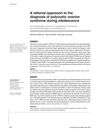 26 citations
,
November 2011 in “Arquivos Brasileiros De Endocrinologia E Metabologia”
26 citations
,
November 2011 in “Arquivos Brasileiros De Endocrinologia E Metabologia” Diagnosing PCOS in teenagers should focus on signs of excess male hormones and not rely solely on ovarian ultrasound or irregular periods, and should be reassessed in adulthood.
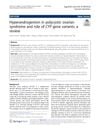 49 citations
,
November 2019 in “Egyptian Journal of Medical Human Genetics”
49 citations
,
November 2019 in “Egyptian Journal of Medical Human Genetics” Certain gene variants may contribute to high androgen levels in women with polycystic ovary syndrome.
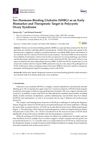 58 citations
,
November 2020 in “International Journal of Molecular Sciences”
58 citations
,
November 2020 in “International Journal of Molecular Sciences” SHBG may be a useful early indicator and treatment target for PCOS.
